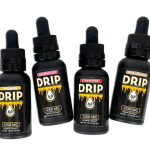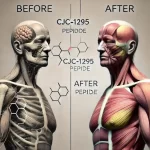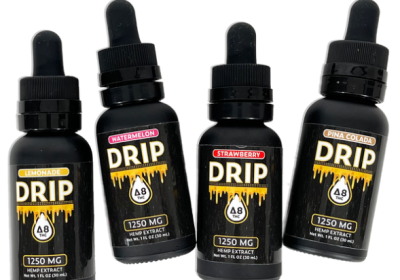
How is Fractional CO2 Laser Done on the Skin?
Acne will not only get in the way of your social life, it can also affect your self-esteem significantly. What’s worse is acne can also hurt and in many cases, can leave redness and stubborn scars. Thanks to advancements in science, you no longer have to put up and live with those unsightly and stubborn acne scars.
If you have acne scars that you want to get rid of for good, fractional CO2 laser is one effective option you can look into. While there are many laser treatment options available nowadays, fractional CO2 laser is one of the most popular because of its effectiveness and the enticing benefits it offers.
In essence, fractional CO2 laser entails the removal of the skin’s outer layers using laser, revealing glowing, rejuvenated, and fresh skin. This laser treatment is also effective at improving the appearance of deep wrinkles, acne scars, and other skin irregularities. This treatment is wildly popular because it is effective and noninvasive.
Skin Conditions That Can Be Treated Using Fractional CO2 Laser
While known as an effective treatment for acne scars, fractional CO2 laser can also help with other skin problems and issues, including:
- Warts
- Crow’s feet
- Wrinkles
- Fine lines
- Enlarged oil glands
- Sagging skin
- Uneven skin tone
- Hyperpigmentation
- Sun damage
While typically done to the face, fractional CO2 laser can also be done to the arms, hands, and neck. This laser treatment is also the recommended option for those who have non-responsive skin as a result of a botched face lift.
How Fractional CO2 Laser Treatment is Done
This process starts with the application of an anesthetic cream on the targeted areas. This is done at least 30 to 45 minutes before the procedure. The treatment session will usually last for only 15 to 20 minutes. This laser treatment involves the use of short-pulsed light energy. This is also known as ultra pulse energy.
Short-pulsed light energy will be blasted continuously through a scanning pattern to remove the skin’s thin and damaged outer layers. Once the problematic layers of the skin are removed, several microthermal zones are activated.
They reach deep into the skin’s layers and stimulate the natural healing process of the body. This treatment will also trigger the production of collagen. Ultimately, damaged and old skin will be replaced by healthy and new skin.
How to Prepare for a Fractional CO2 Session
Before the actual procedure, it is recommended that the following pretreatment rules are followed properly:
- Check with your dermatologist if you are a good candidate for the procedure.
- Refrain from using products that contain retinoids as it can affect the results of the procedure.
- Avoid any excessive sun exposure at least 2 weeks before your scheduled session.
- Avoid taking medications like aspirin, ibuprofen, or vitamin E as it can result in prolonged clotting.
Fractional CO2 Downtime
Fractional CO2’s recovery period is between five to seven days. Those who have tried the procedure describe the sensation they felt as similar to pricking. Fortunately, the procedure will entail the application of anesthesia to the area to be treated so the experience is mostly comfortable and painless.
To protect the skin from the harmful rays of the sun, it is recommended that you apply sunscreen. Make sure you also use a gentle moisturizer and cleanser at least twice daily. Avoid using any harsh products so you don’t damage or irritate your skin. If you experience swelling, put an ice pack on the affected area.
If you are prescribed an ointment that can help prevent any scabs from forming, make sure you use it religiously. Lastly, you might need to avoid doing workouts and swimming for the time being so you can avoid getting an infection.


















